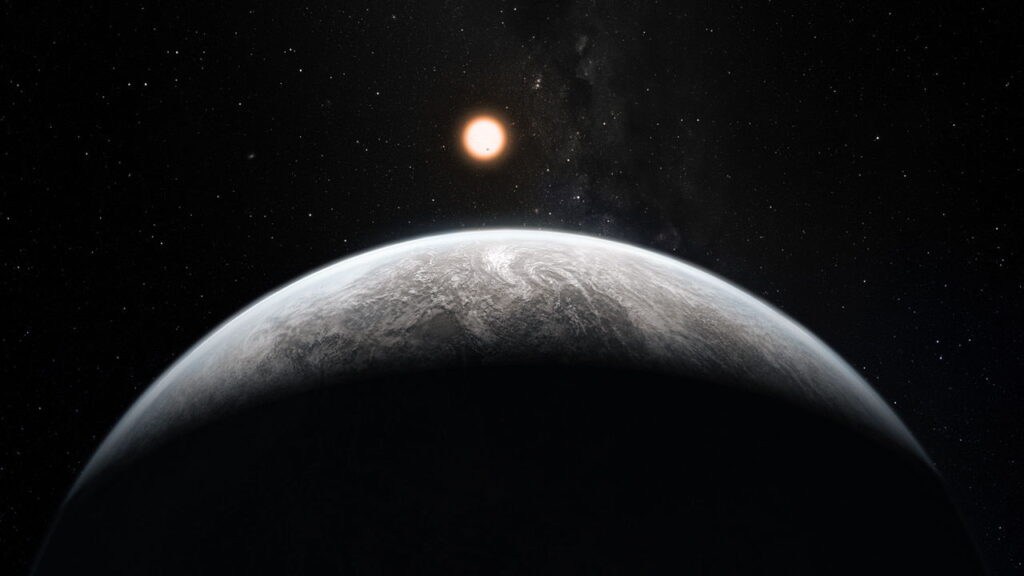
NASA has recently discovered a colossal planet—approximately 35 times the size of Earth—that had remained undetected despite extensive monitoring of its stellar neighborhood. The new find, designated Kepler-139f, orbits a star that has been under close observation by NASA’s Kepler Space Telescope for nearly a decade.
A Familiar System Yields a New Discovery
Kepler-139, a star located about 1,279 light years from the Sun, weighs in at 108 times the mass of our Sun. The Kepler Space Telescope, well known for its planet-hunting capabilities, had already identified three rocky planets and one gas giant within this system. However, the new planet, Kepler-139f, went unnoticed for years.
The planet has a mass nearly double that of Neptune and completes an orbit around its star in approximately 355 days. Its impressive size relative to Earth has thrilled scientists and added significant new insights into the complex architecture of the Kepler-139 system.
The Hidden Nature of Kepler-139f
The reason behind the planet’s long-hidden status lies in the operational mechanics of the Kepler Telescope. The telescope primarily detects planets by monitoring slight dips in a star’s brightness as a planet transits—or crosses in front of—the star from the telescope’s viewpoint. For Kepler-139f, its orbit was aligned such that it passed above or below the direct line of sight between the telescope and its star, thereby evading the usual detection methods.
The discovery was first reported in the Astrophysical Journal Letters on May 2. This revelation suggests that even in well-studied star systems, there are still surprises waiting to be uncovered.
Implications for Exoplanet Research
Over its nine-year mission, the Kepler Telescope has discovered nearly 3,000 planets. The finding of Kepler-139f not only enriches our understanding of the Kepler-139 system but also underscores potential limitations in existing detection techniques. As scientists refine these methods, more hidden planets may eventually be revealed, broadening our understanding of planetary formation and the diversity of worlds beyond our solar system.
NASA’s latest discovery of Kepler-139f reminds us that even in regions that have been studied extensively, the cosmos continues to hold secrets, waiting for the next breakthrough in astronomical research.
